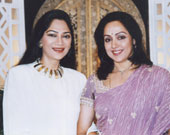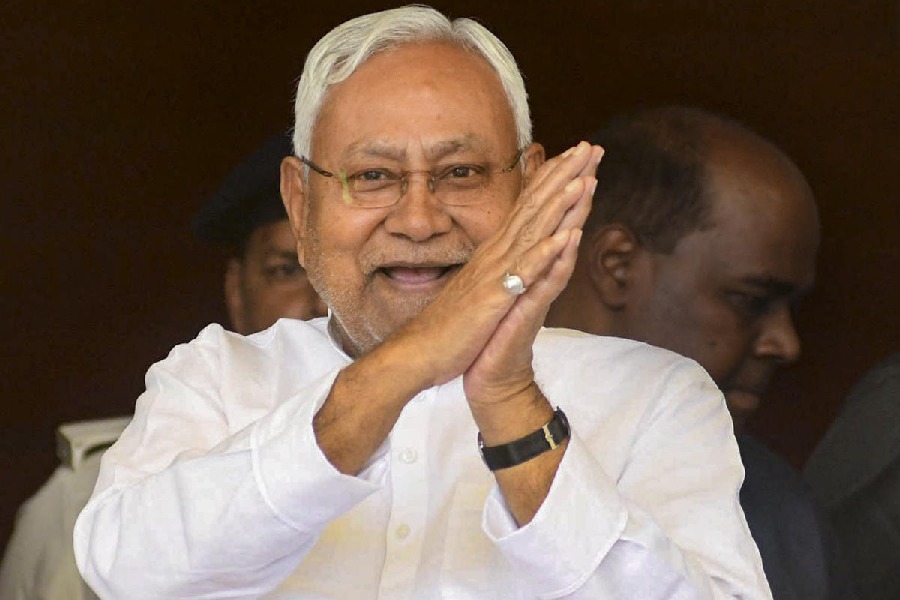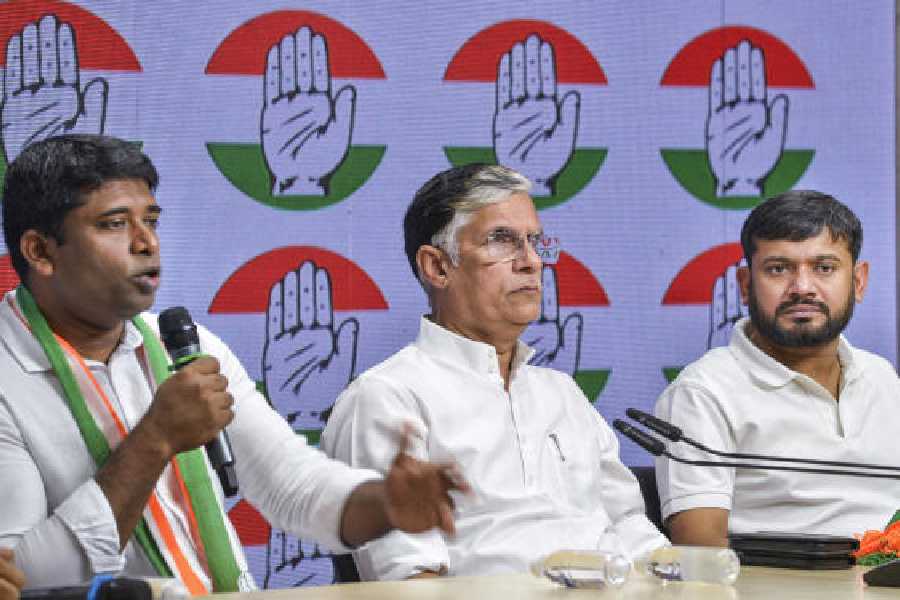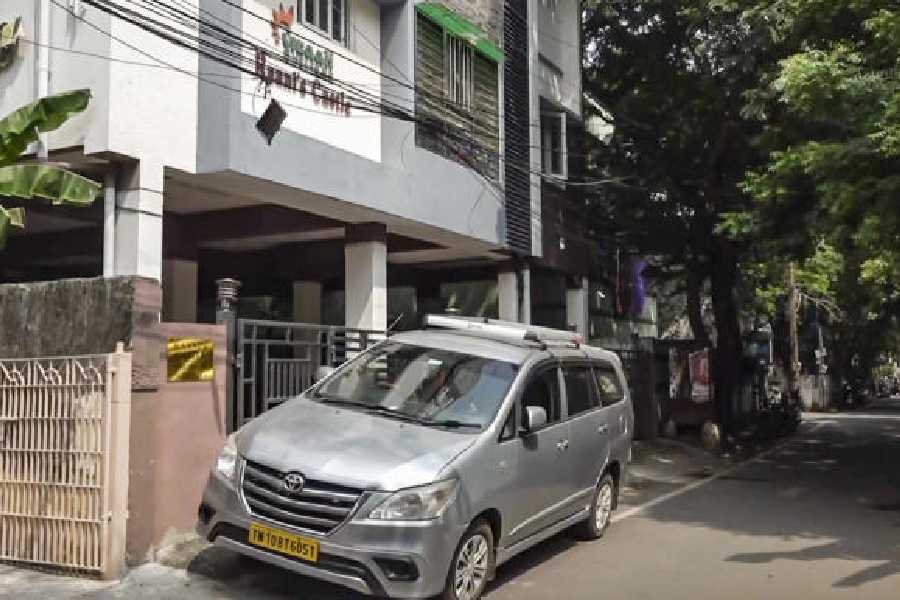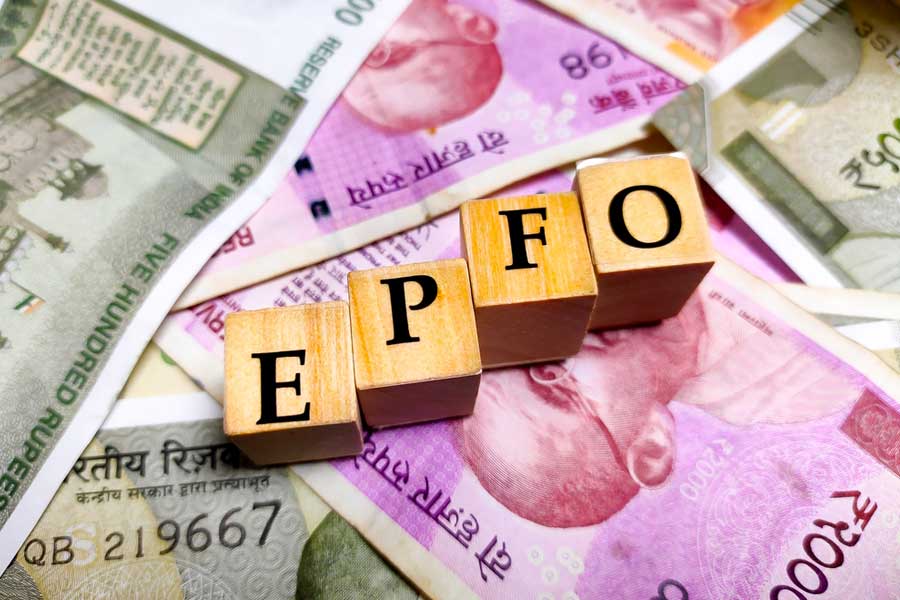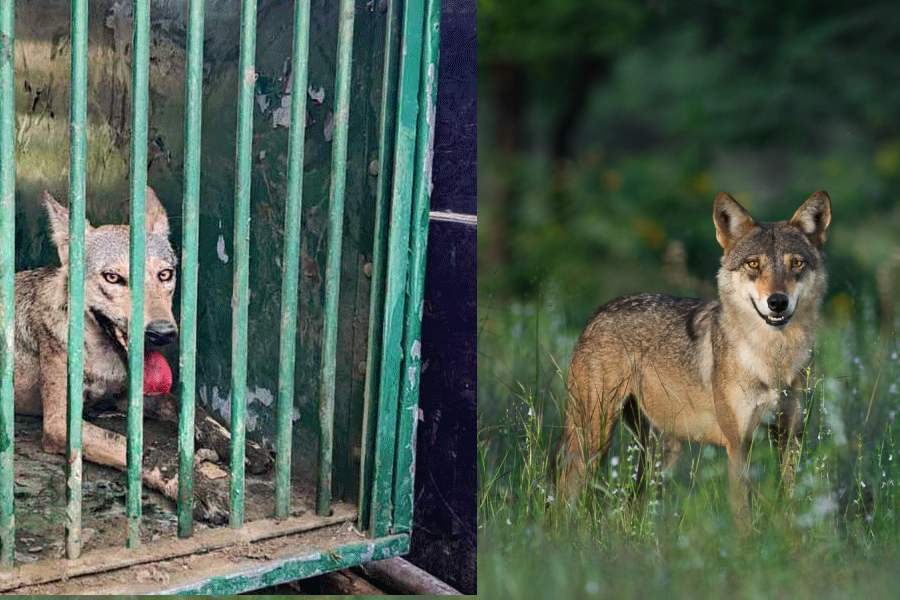 |
 |
 |
| STAR ATTRACTION: (From top) scenes from Rendezvous with simi Garewal, K. street Pali Hill and Kyunki Saas Bhi Kabhi Bahu Thi |
The expectation in Jawahar Goel’s voice, as he discusses the contentious “content-sharing” issue, is unmistakable. The vice chairman of Zee group is eagerly waiting for July 3 when the ASC Enterprises-promoted Dish TV’s case against Star TV will be heard by the Telecom Disputes Settlement and Appellate Tribunal (TDSAT), a quasi court to which the telecom industry (and now broadcasters) appeal against the decisions of the industry’s regulator.
Dish TV, the Zee group’s direct-to-home (DTH) service, has been engaged in a long-drawn battle for content from the Star bouquet. “We have been talking to Star for the last one and a half years to give its channels to our DTH platform but the network has not agreed to any terms for sharing content. Knocking at the TDSAT door was the only answer,” says Goel.
Though Zee’s brass may be nurturing high hopes of the hearing, the tribunal may take its own time to resolve the issue. Yet Zee is not entirely unhappy since the case has forced the quarrelling parties to talk to each other.
At the heart of the matter is the dispute related to the sharing of content. Star does not wish to give its popular channels, including the number one general entertainment channel Star Plus, to Zee’s DTH platform. In fact, the absence of a Star channel from the Zee DTH platform is seen as one of the major reasons for the slow penetration of Dish TV.
But Star’s reservations on sharing content are easy to fathom. Star is a 20 per cent equity partner in the Tata group’s soon-to-be-launched DTH joint venture, Tata Sky. Obviously, the broadcaster is keen to protect its exclusive content for its own DTH customers. Even Sony Entertainment Television has only just agreed to share its channels with Dish TV, having overlooked its pleas in the last couple of years.
While Star may have employed every trick in the book to avoid giving its signals to Dish TV, it may not be able to shun its regulatory obligations forever. The Indian law on broadcasting and distribution (the regulations framed by the Telecom Regulatory Authority of India and later incorporated in the DTH policy) says that there must be a non-discriminatory sharing of content across all distribution platforms.
The policy states that every broadcaster will provide, on request, signals of its TV channels to cable networks, DTH operators and other distribution platforms. No exclusive contracts are permitted between broadcasters and distributors of TV channels. The “must provide” rule, however, won’t apply to those distributors who have defaulted on payment.
Besides, a DTH operator cannot carry the signals of a broadcaster who has been found by any regulatory body or court of law to have refused access, on a non-discriminatory basis, to any other DTH operator as laid down in TRAI regulations. Little surprise then that TRAI has already said that unless Star signs a deal with Dish TV, it cannot supply its signals to Tata Sky.
A senior Star executive says that such “must provide” laws do not exist anywhere else in the world. “Besides, exclusivity is the mainstay of a premium service like DTH. The DTH customer is a premium consumer and expects exclusive content in lieu of the money spent,” he says.
He may have a point. Which newspaper, for example, would share its content with rival newspapers? That would undermine the very basis of its raison d’etre.
A TRAI source, however, points out that while framing the regulations various laws were studied. The Philippines, for instance, has made it mandatory for all pay TV programmes to be available to all platforms. Even in the US, channels owned by vertically integrated media companies, that is, those owning both channels and distribution systems, must be available to all others. In 2002, the US Federal Communications Commission (FCC) deemed that vertically integrated cable companies cannot deny content to DTH platforms. Since cable companies owned content as well in the US, if the FCC had not intervened, DTH operators would not have survived. And that’s what happened in Taiwan. Cable operators switched off channels that gave their signals to new DTH service companies. Obviously, broadcasters withdrew their signals and DTH could not take off.
In India, some broadcasters do have equity stakes in cable companies. The Zee group owns Siti Cable, a TV programme distribution company. Star India has a stake in distribution company Hathway Cable.
“Our idea has been to offer alternatives to the consumer to choose from. We do not want cable or DTH monopolies. Besides, the most popular channels cannot be denied to consumers,” says the TRAI official.
According to a TRAI analysis, in all DTH platforms nearly 95 per cent content is common. The TRAI analysis also says that if all the channels are not available on a single DTH platform the consumer may have to install more than one dish to view his favourite channels. “If content is exclusively available on one DTH platform, there may not be effective competition,” it states.
But the UK does not have any “must provide” content law ? and DTH flourishes with a nearly 32 per cent market share. “Look at the flip side. Do you know the whopping rates DTH charges for football matches,” argues a TRAI official. But Star maintains that countries like Japan, Brazil, Australia, France, Germany, Italy and Spain have no “must provide” clause.
Nevertheless, since Star is close to launching its DTH platform as a joint venture with the Tatas, it has finally come to the negotiating table with Zee. Media industry analysts say that Star is talking to Zee as its own DTH service, Tata Sky, would need the Zee bouquet to drive penetration. Apart from the Zee TV channels, Zee-Turner has channels like Pogo and Cartoon Network.
For the time being, however, the Star and Zee talks have hit a roadblock on the issue of the price of content. Star is asking for Rs 67 for its bouquet one (with Star Plus) and bouquet two (Disney and others) per subscriber a month. In addition, it is demanding a minimum guarantee of 8 lakh subscribers from day one. Says Jawahar Goel: “How can we guarantee payment for 8 lakh subscribers from day one? We will have to go to each customer and ask whether he wants the Star channels and whether he will pay an “X” amount for this.” Goel’s contention is that Zee’s existing DTH customers have already paid up for the year and it may not be easy to suddenly demand more money.
Besides, Zee claims that it is asking Star only for the bouquet one channels which is available for Rs 54 per subscriber to cable operators. In fact, it has written a letter to the TRAI asking for clarifications on the pricing of the Star bouquets as all tariff negotiations between platform owners and broadcasters are filed with TRAI.
Meanwhile, to seem non-discriminatory in its dealings with all DTH companies, Star has signed a deal with Tata Sky on the same rates and conditions that it is offering Zee. Says a Star insider: “We will offer the same deal to the Sun DTH service as well when it comes.”
So will rivals finally patch up and bury their differences? “Both Star and Zee are popular channels and both platform owners will need each other. Closer to Tata Sky launch, you will see them sign on the dotted line,” observes a media industry analyst.

